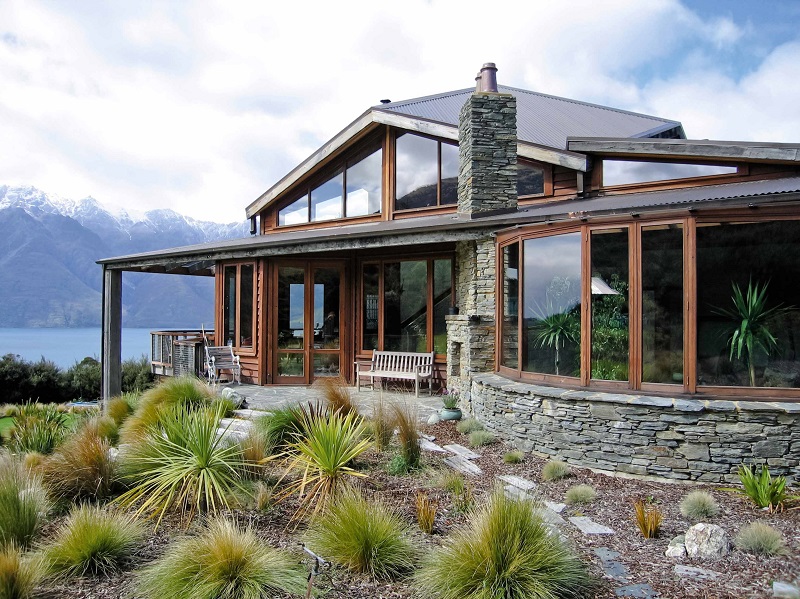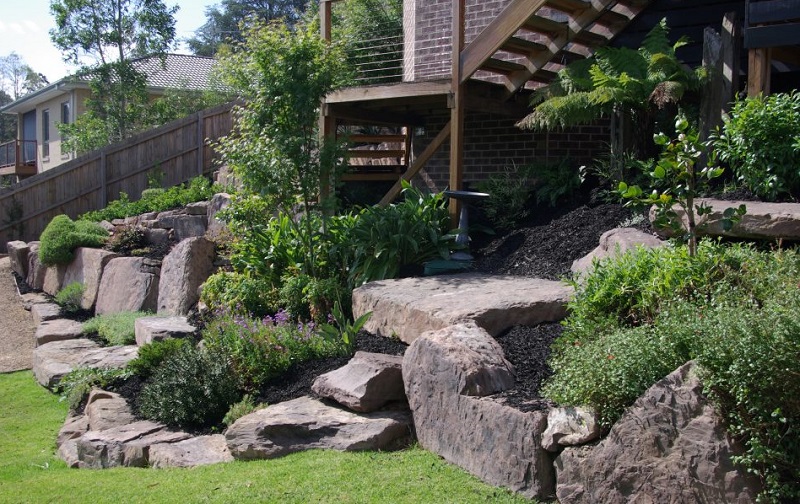A sedimentary rock forms due to the continuous deposition of mud or clay for a long time, which is then naturally compressed to form this solid substance. It is called mudrock that is made of very fine particles of averagely 0.063 mm dimension. mudrock is categorized into mudstone, siltstone, and claystone while the first variety is further classified into marl, argillite, and shale. All these stones have their own specific physical properties, apart from a few common characteristics, which should be known for using these rocks correctly. Since it is a rock containing silt and also sedimentary rock portions, it becomes easier in using this rock as a porous substance.

Various Physical and Chemical Features of Mudstone:
- Varieties of Colours: People can choose mudstone of any colour, as it is available in different shades of black, gray, brown, orange, green, blue, red, yellow, and white. The presence of some organic materials renders the black and gray shades of this stone. The percentages of iron oxide in this stone decide the shades of red, orange, brown, yellow, and green. generally, it is used in soft parts of any construction.
- Microscopic Particles: The grains of this stone are extremely tiny that cannot be visible with naked eyes. A high-powered microscope is needed to view the component particles of mudstones, which are very smooth and fine. Hence, this stone has quite soft and even touch.
- Low Toughness: The density of mudstone ranges between 2.4 and 2.8 g/cm3, which is lower than many other natural rocks. According to the modern hardness scale, this stone has the specific hardness between 2 and 3, for which this rock cannot be broken easily. The clasts of mudstone are often invisible to the naked human eye.

- Heat Resistant: The specific heat capacity of 0.39kJ/Kg K has made mudstone highly resistant to heat. As it cannot be damaged due to high temperatures, this stone also resists heavy impacts or forceful collisions, which is a positive property for building material.
- Sensitive to Damages: This natural stone is not much resistant to water and it is rather sensitive to scratches and stains. It can be also damaged due to strong winds and concentrated acids. Thus, building structures made of mudstones should be protected from these factors. A low-grade level of metamorphosis turns this stone into slate. Excessive heating is not preferred in this case.
- Chemical Contents: The major chemical components of mudstone are Aluminium oxide, Sodium chloride, Calcium oxide, Iron (III) oxide, and Silicon dioxide. There are many other chemicals as well that are present in nominal amounts in this stone. Several minerals are contained in this stone, among which Pyrite, Feldspar, Micas, Chlorite, Plagioclase, Quartz Biotite, and Illites or Muscovite are the notable ones. However, the prime clay minerals are Illites, Kaolinites, and Smectites, which develop in specific conditions.
Like all other rocks, mudstones also weather off due to various mechanical and chemical factors. Still, this type of stone is preferred in construction works, mainly for manufacturing cement that is a prime building material. Since mudstone is a soft and easily breakable rock, it can be used directly for decorative purposes only, as it is not fit enough to bear constructional loads. They keep such unique home decor items on their entranceways for impressing their guests or at their places of worship during festivals. Some builders also use mudstones for polishing and sealing floor tiles, mainly with the black and gray ones. Garden pathways can be made with mudstone of different attractive colours and designs, which boost the beauty of the outdoor space in a house.







No comments: